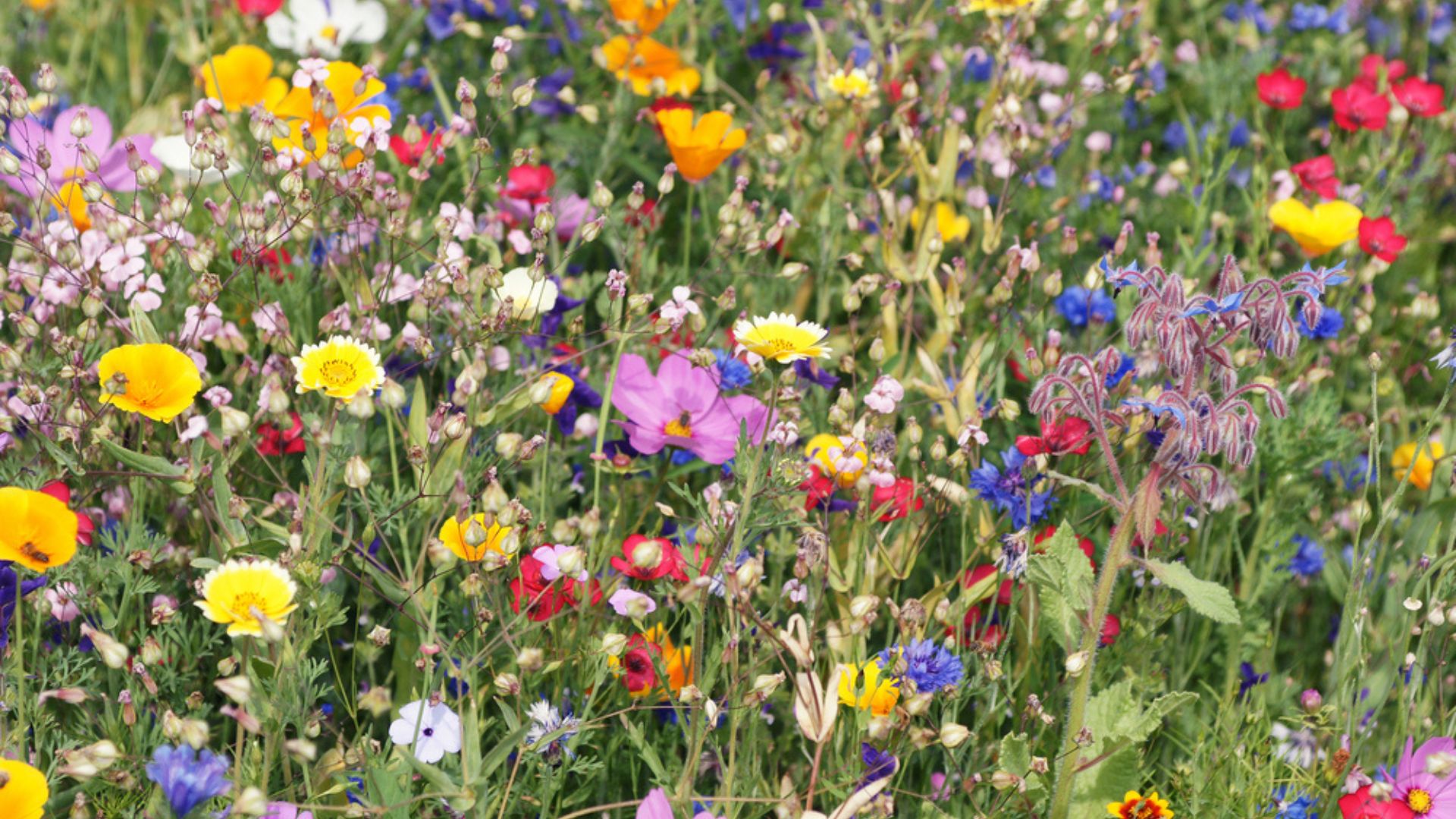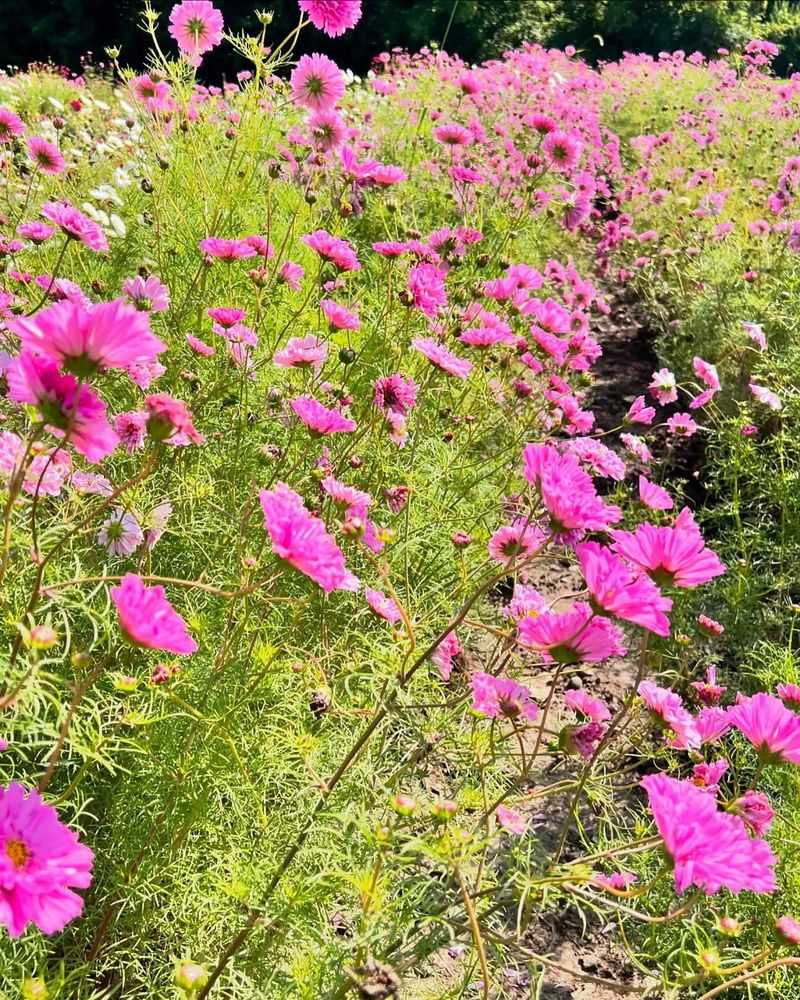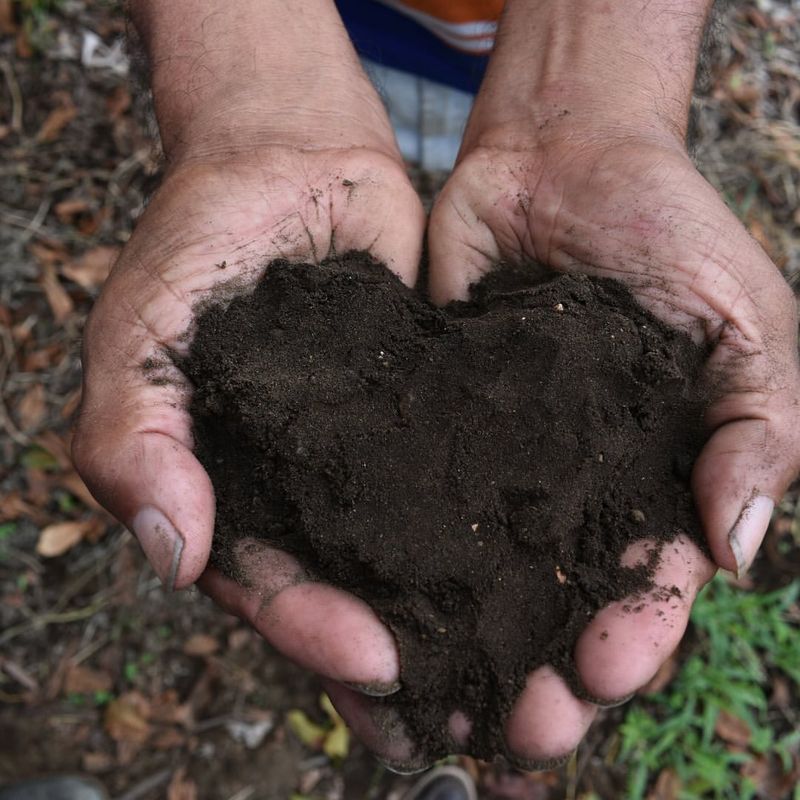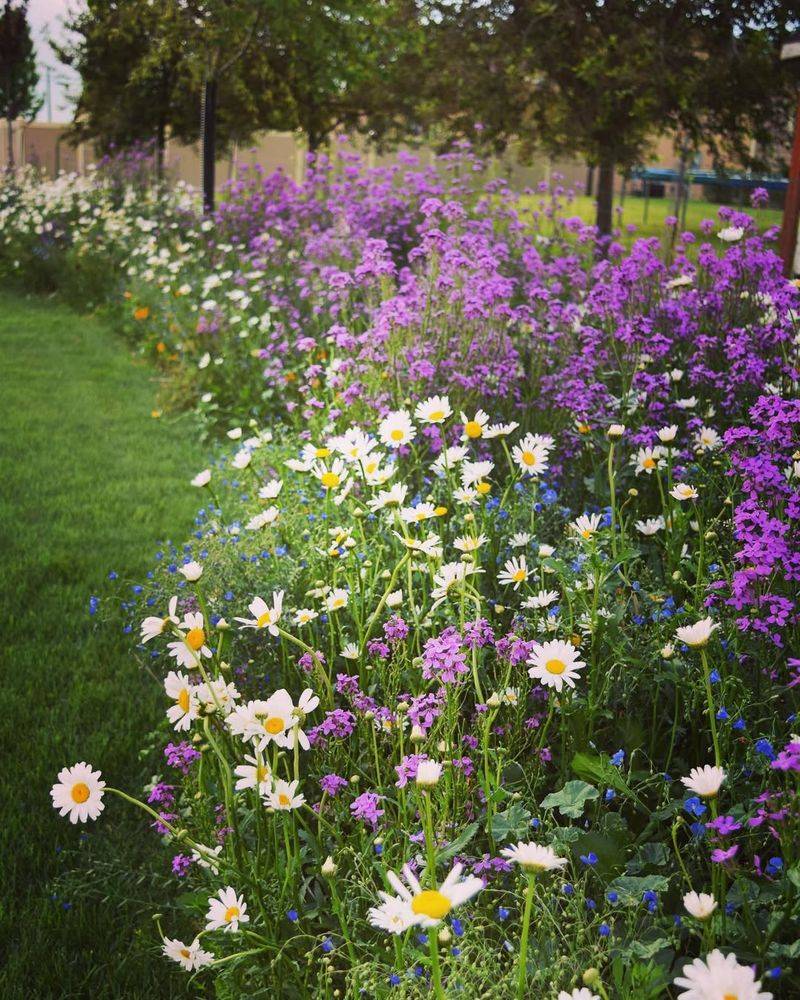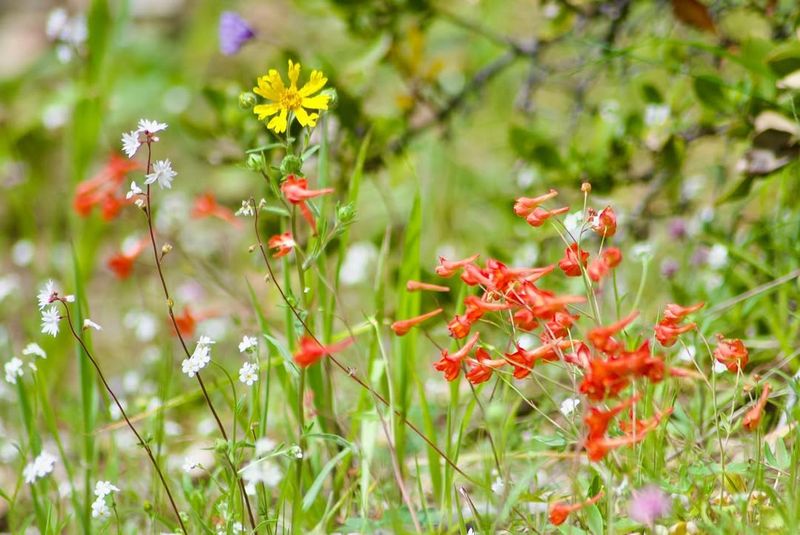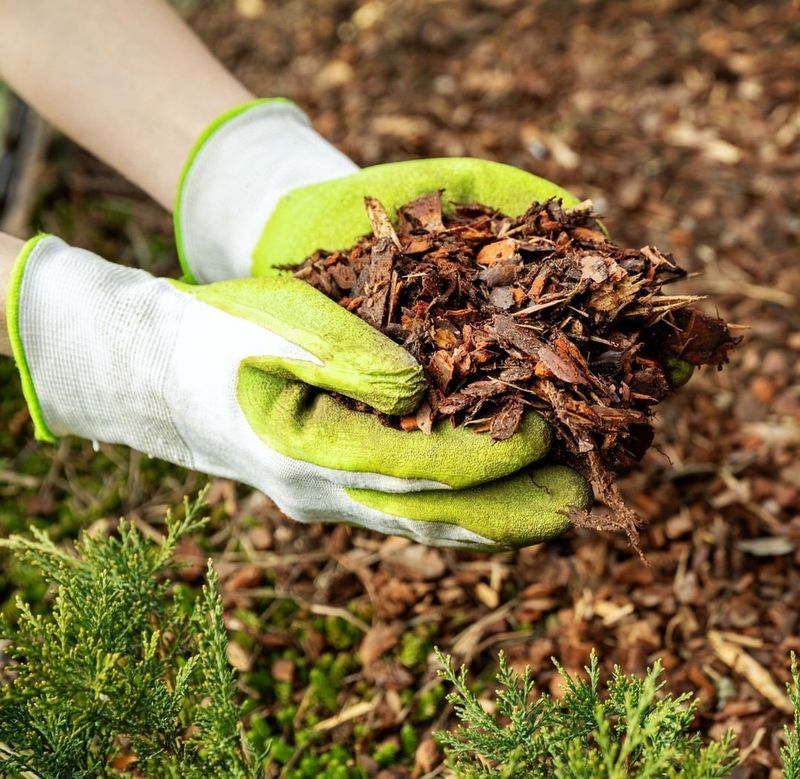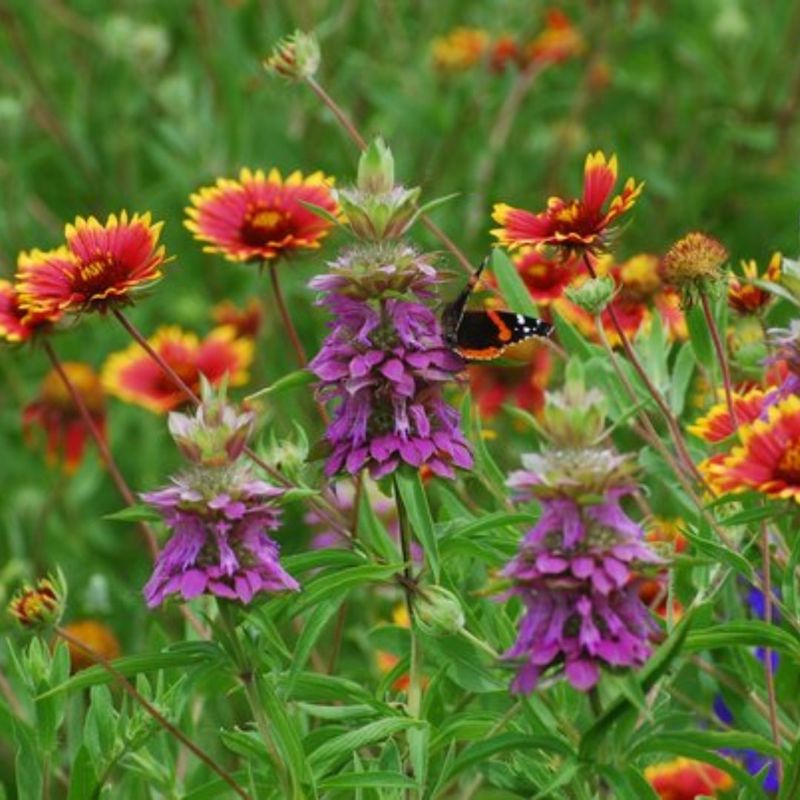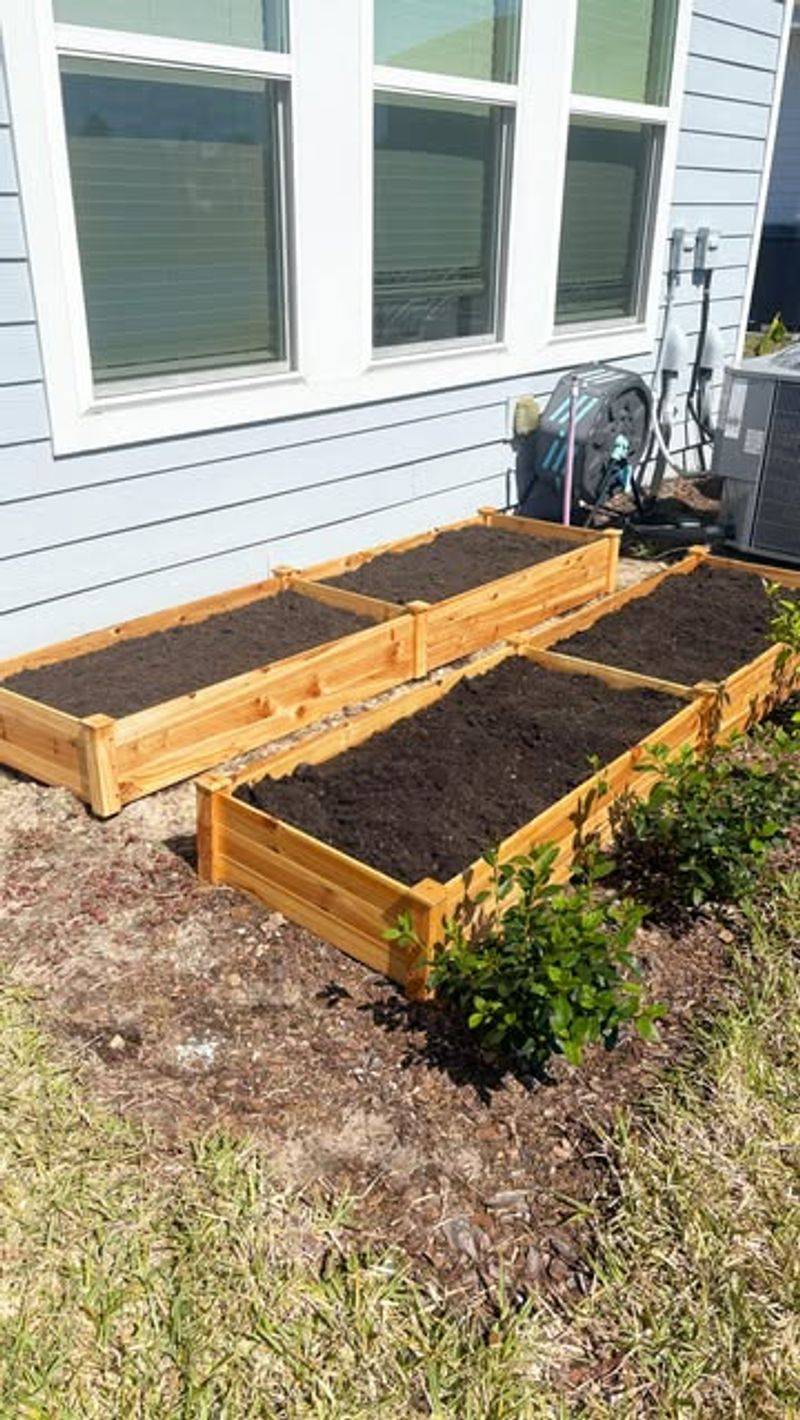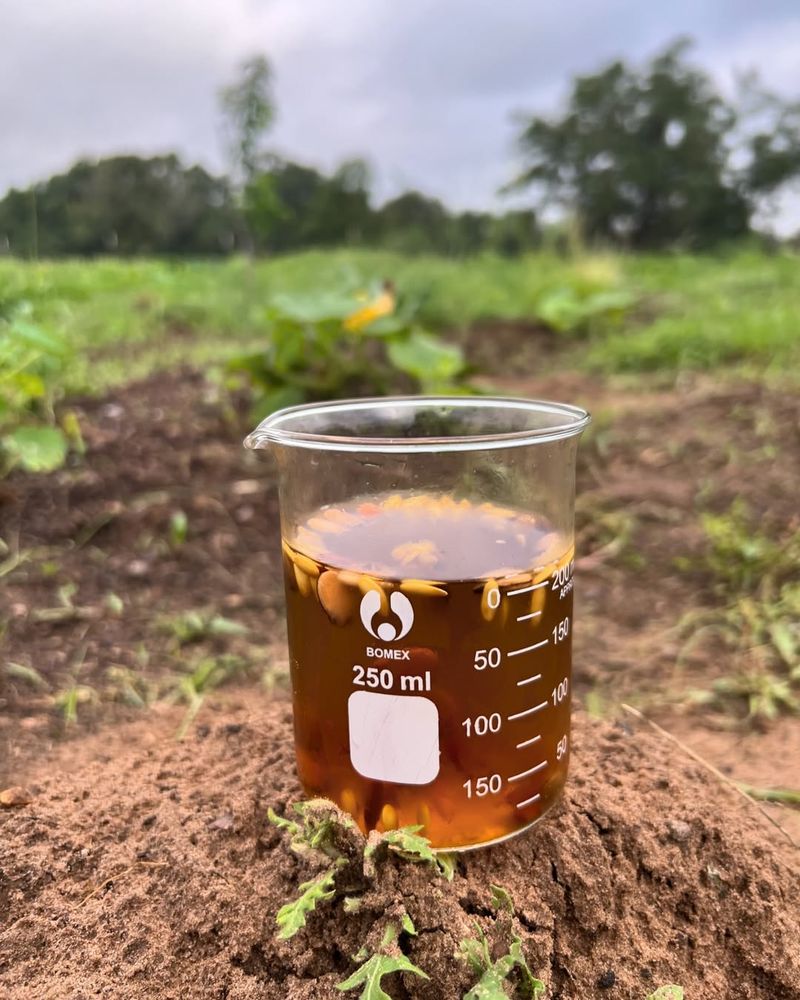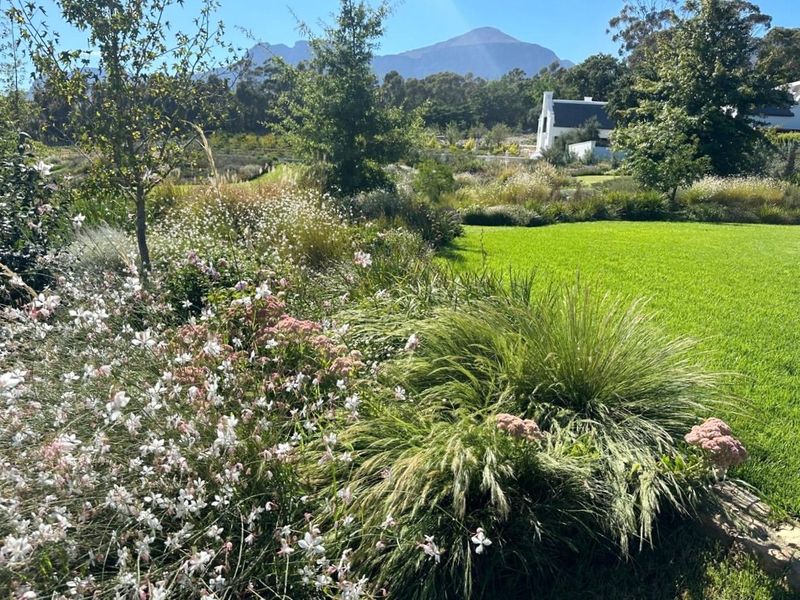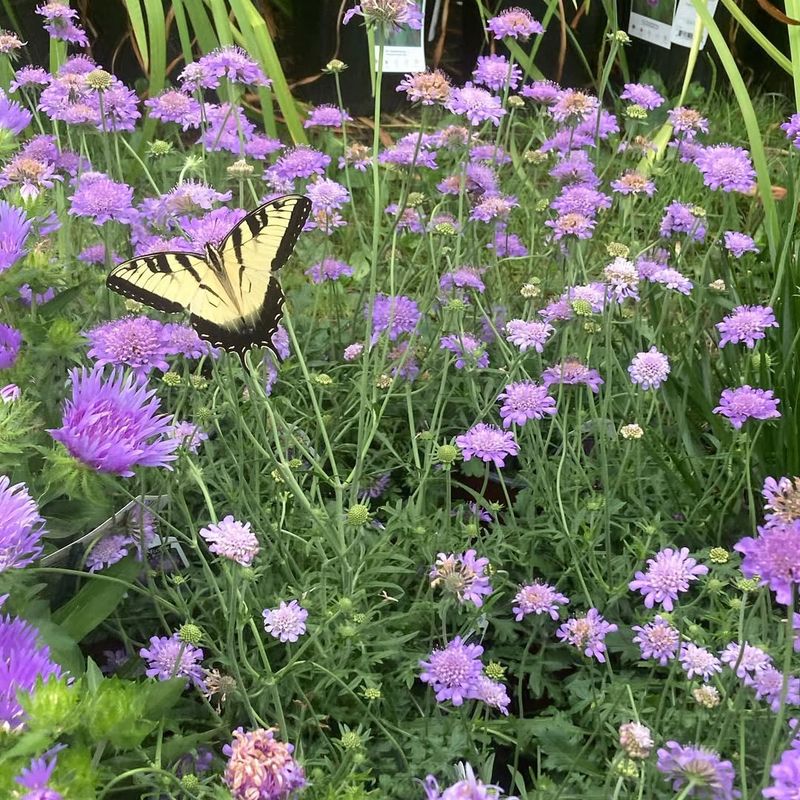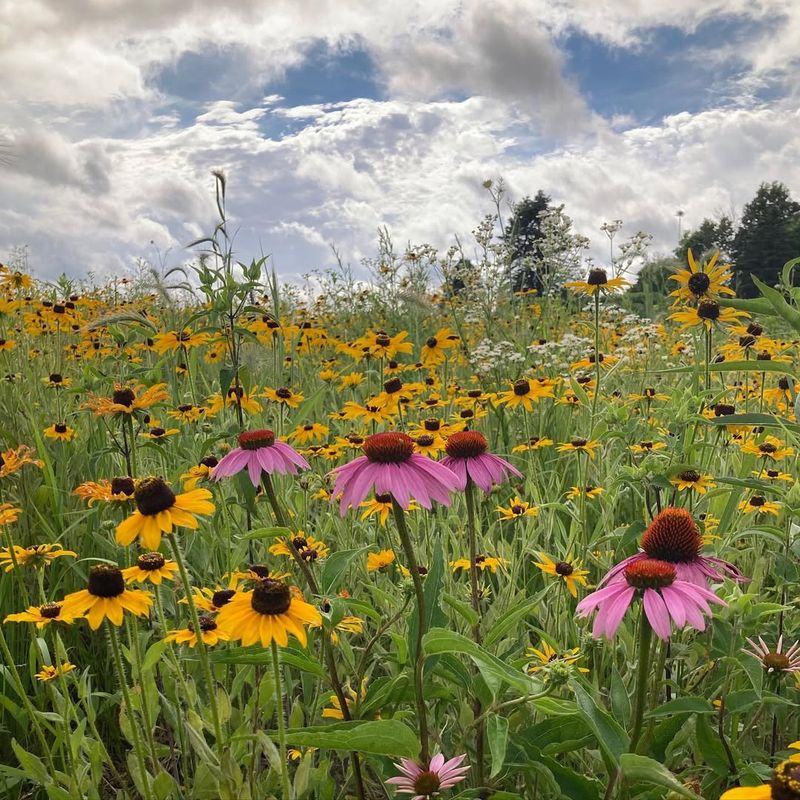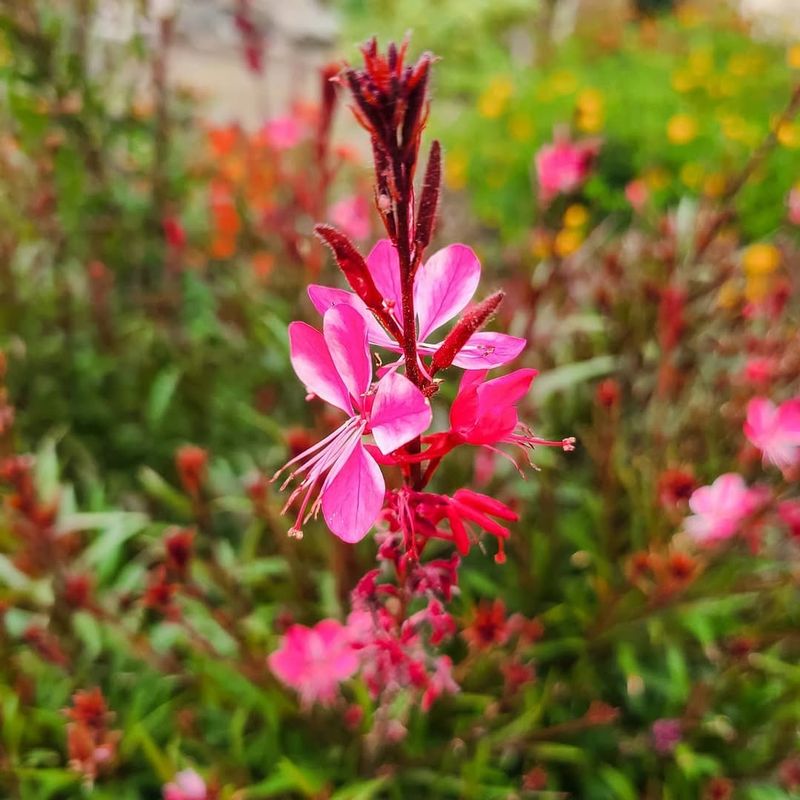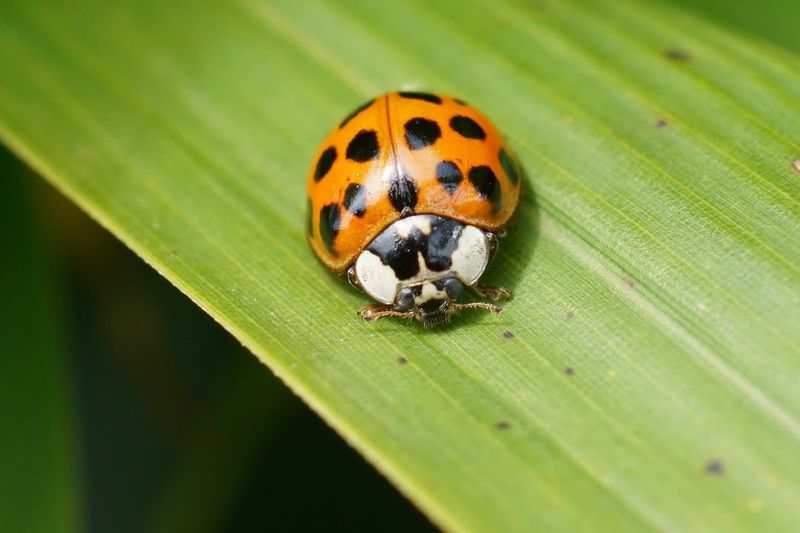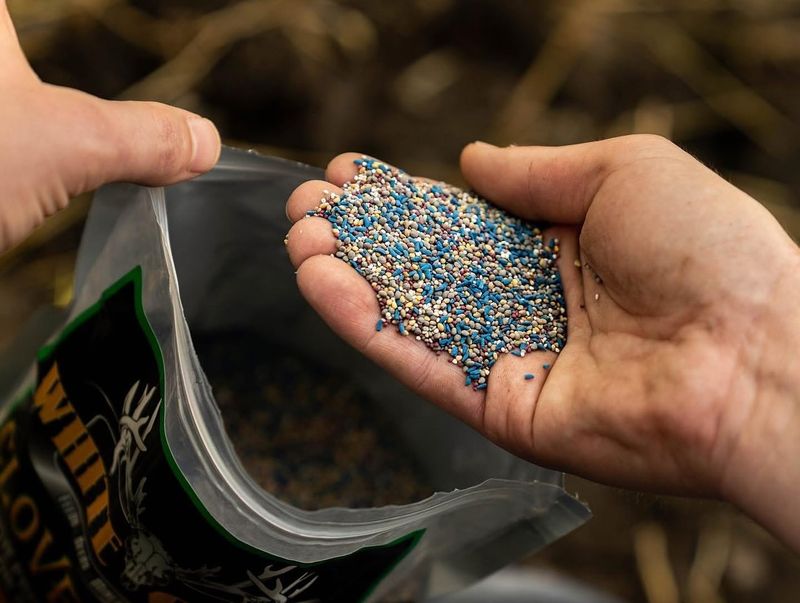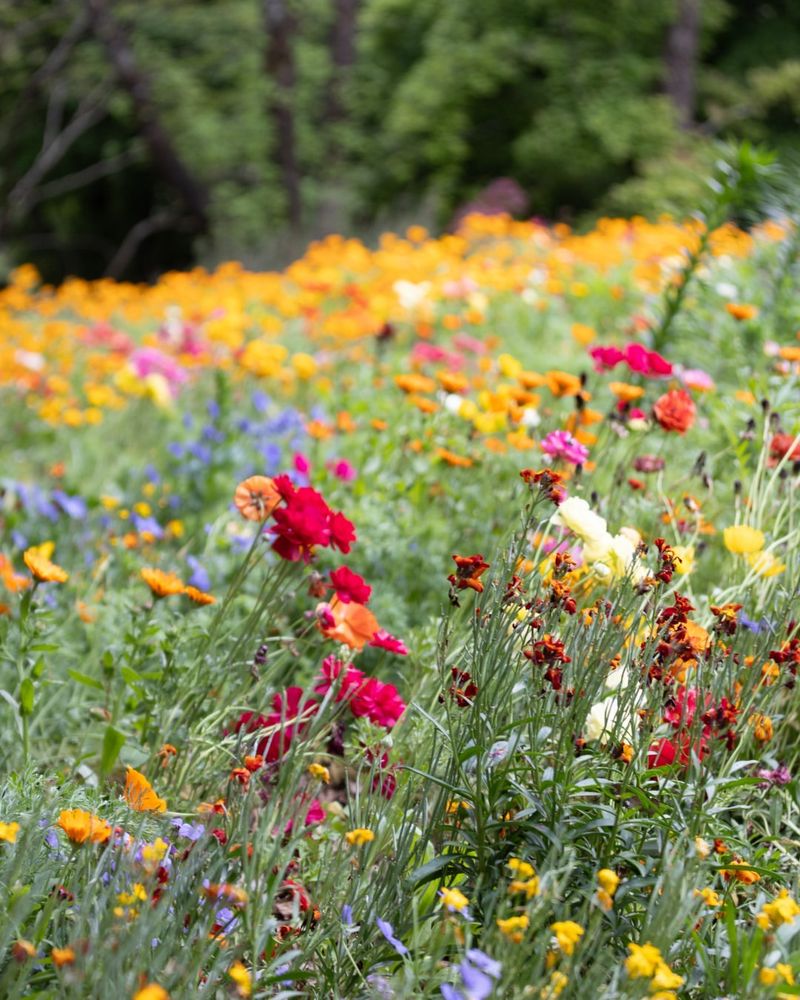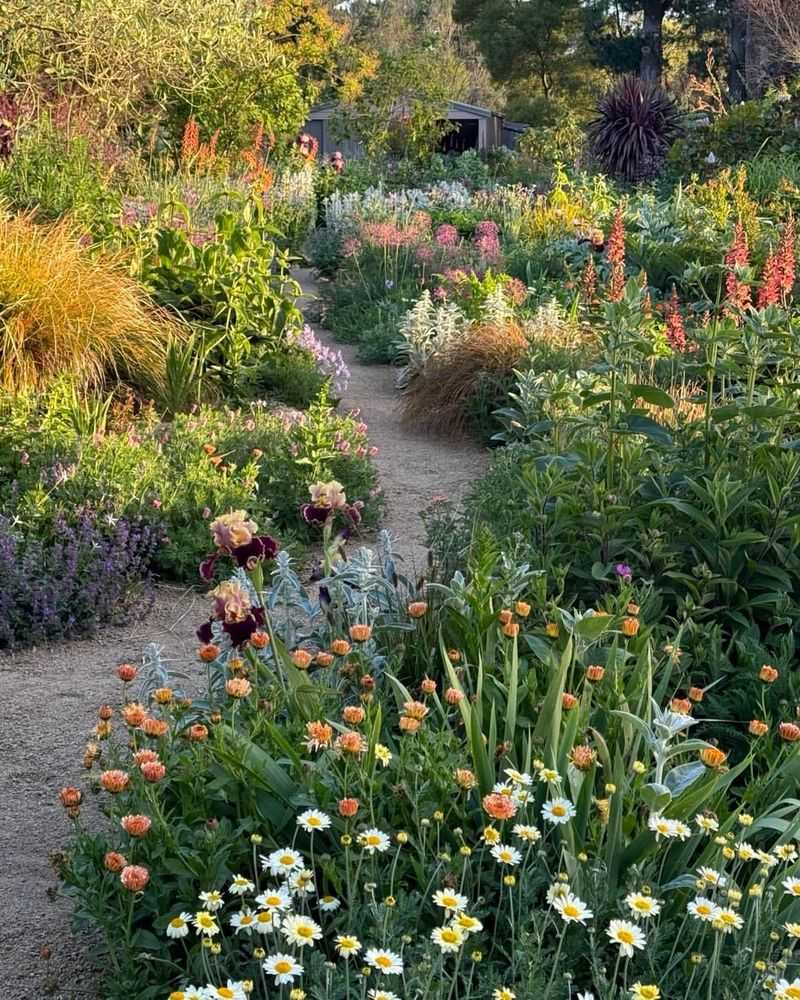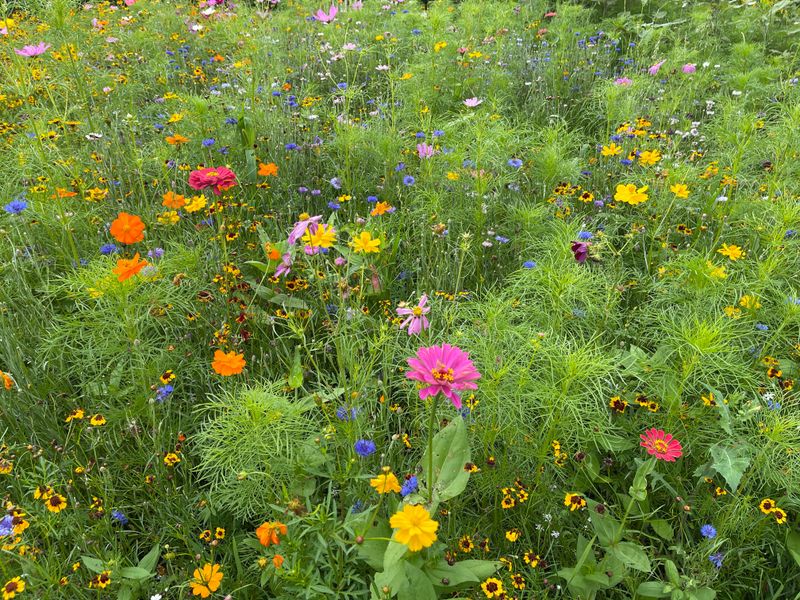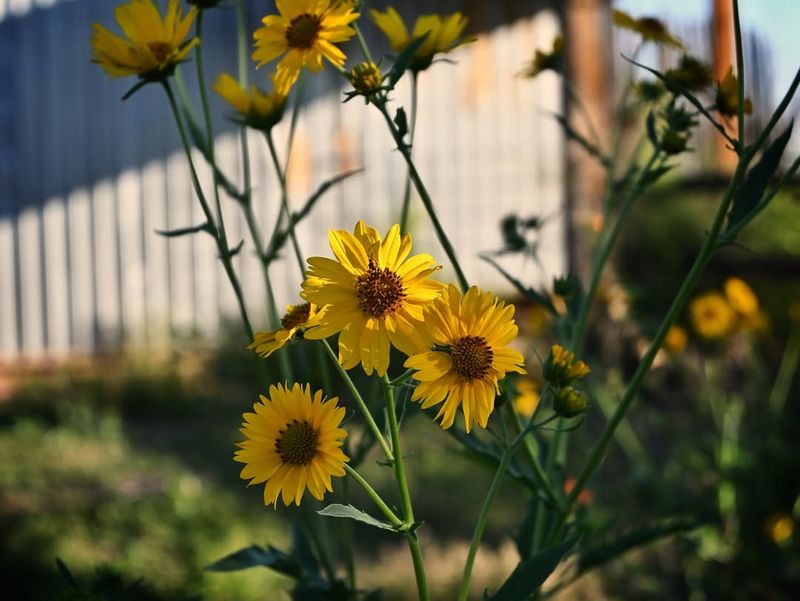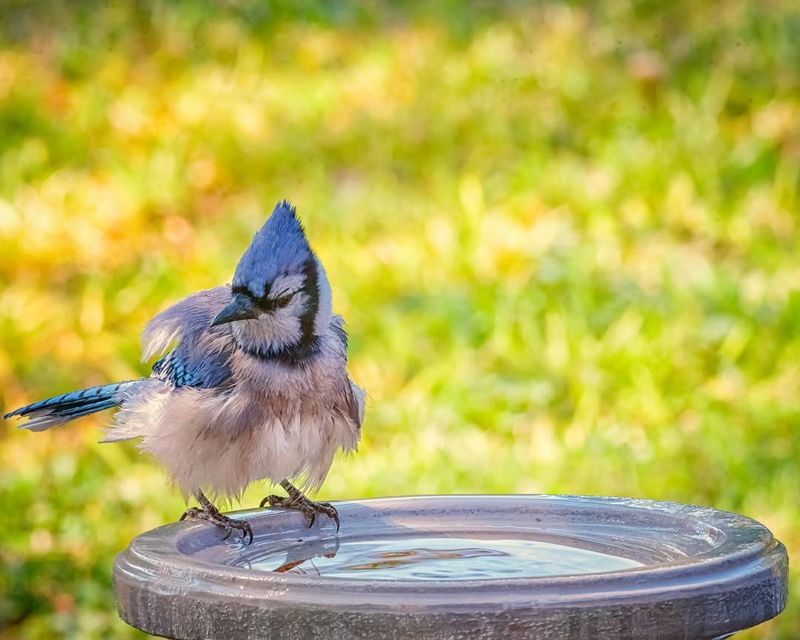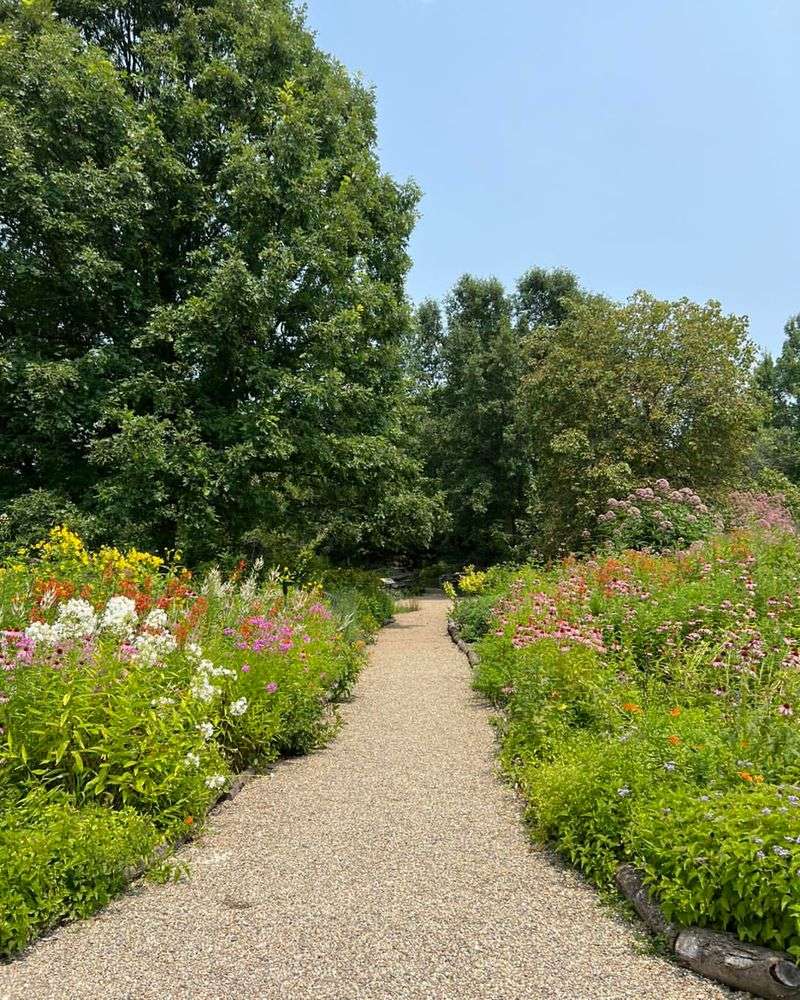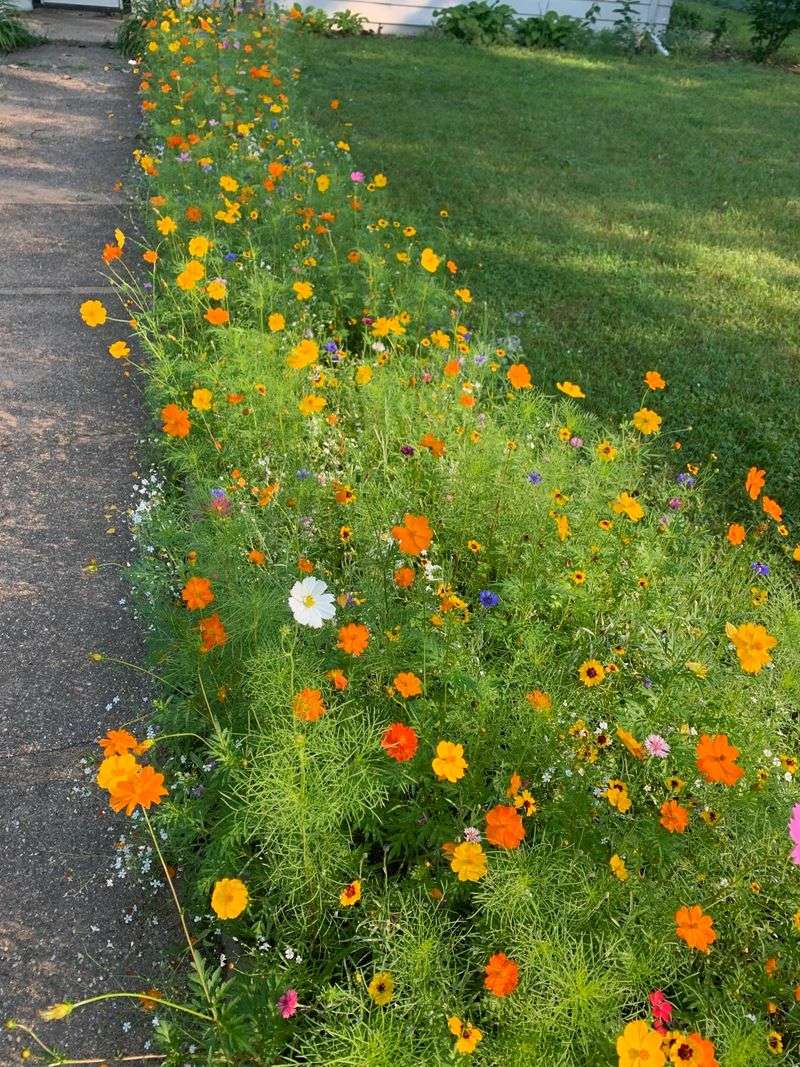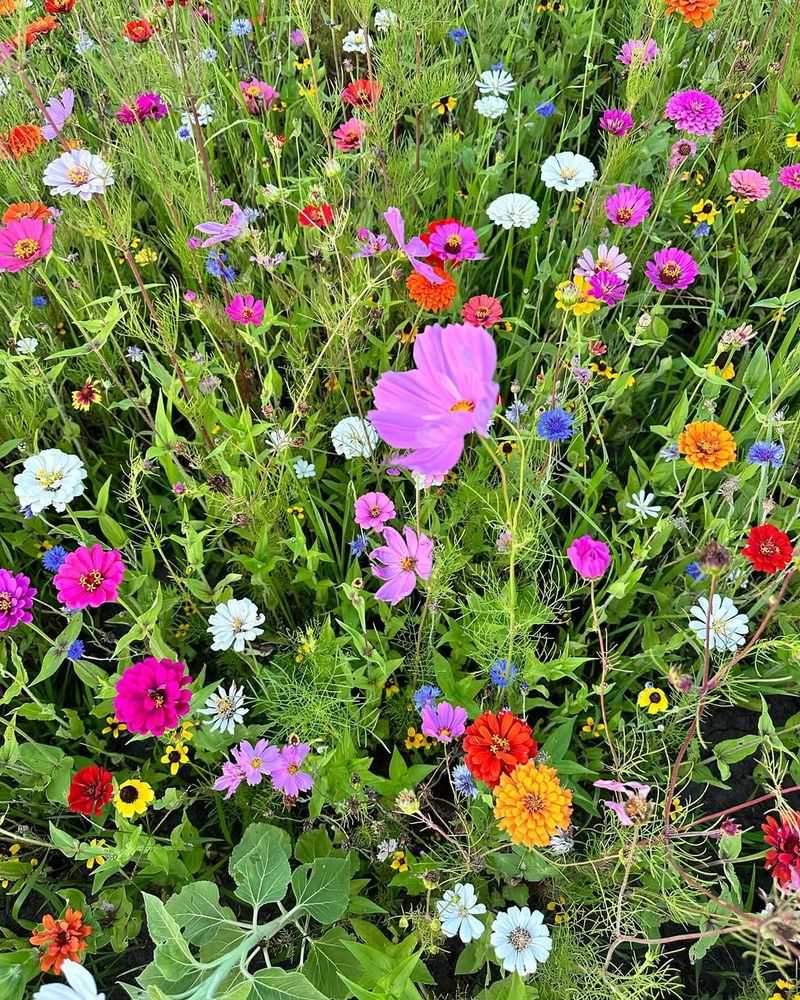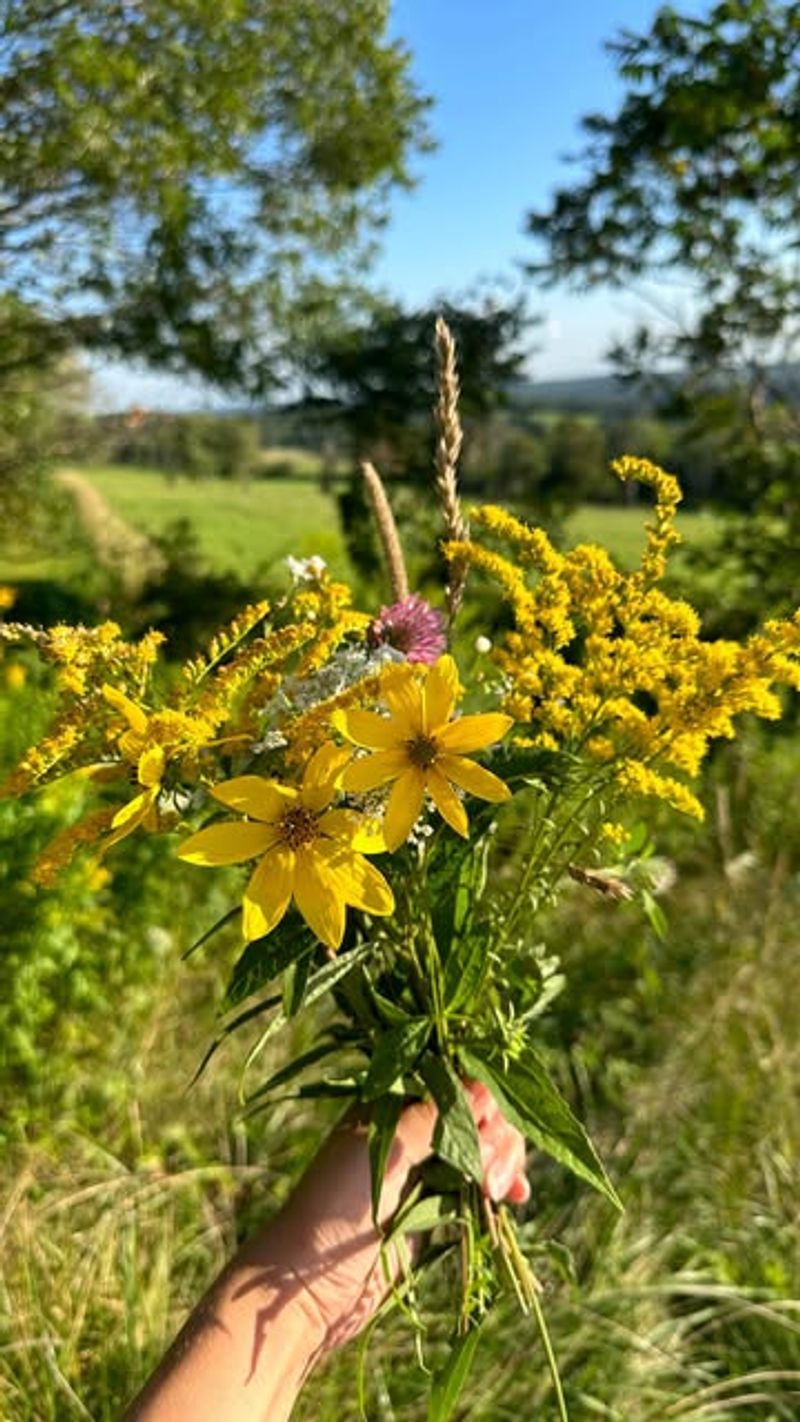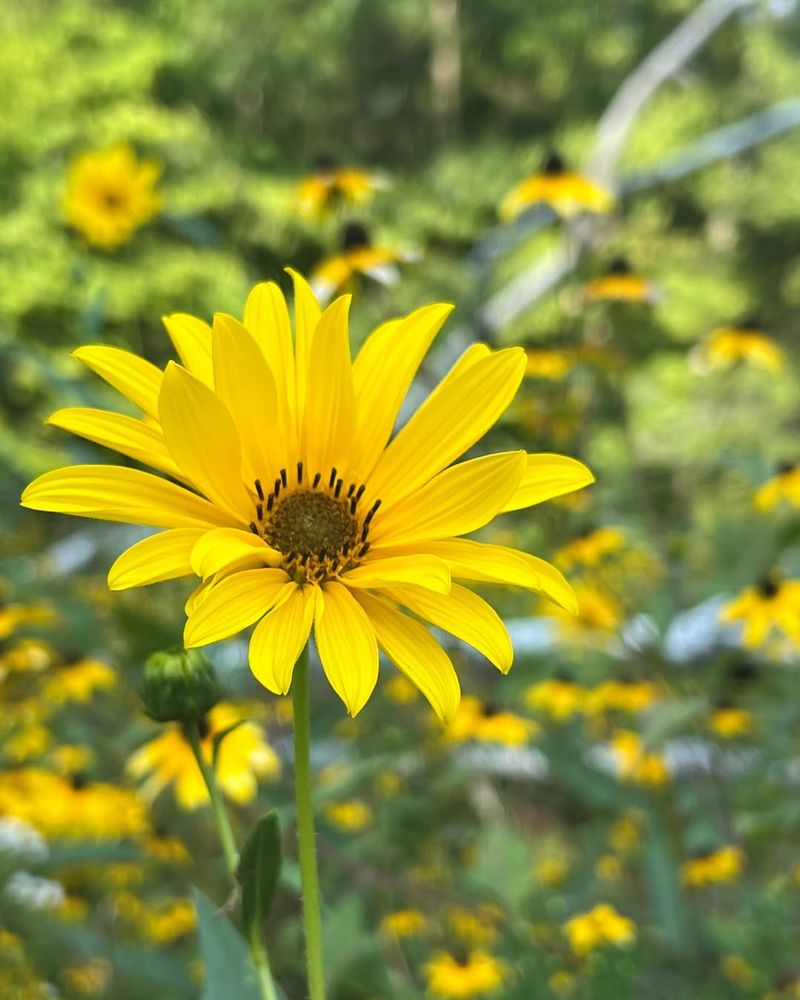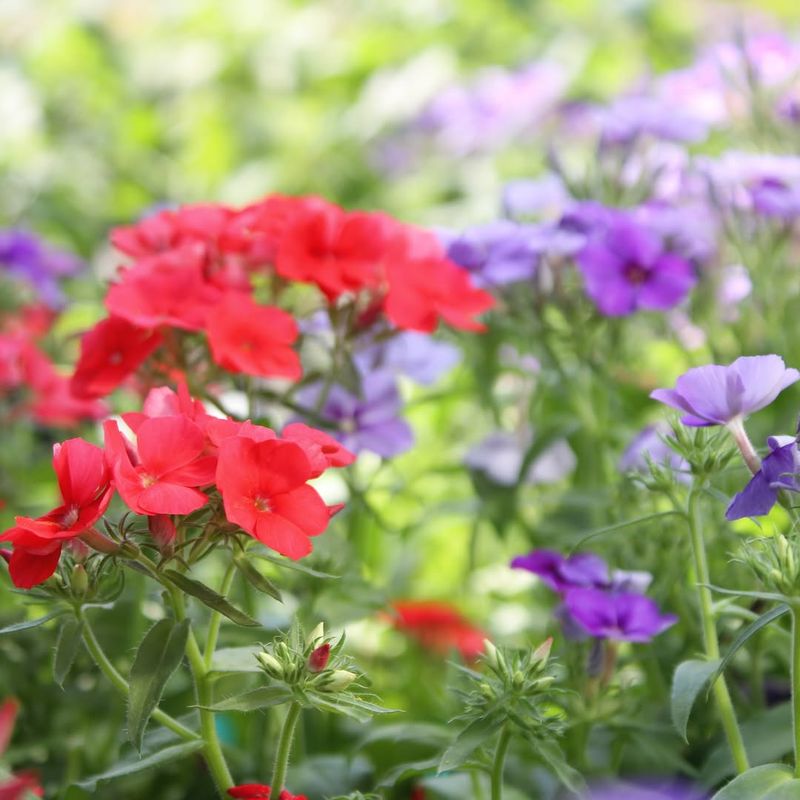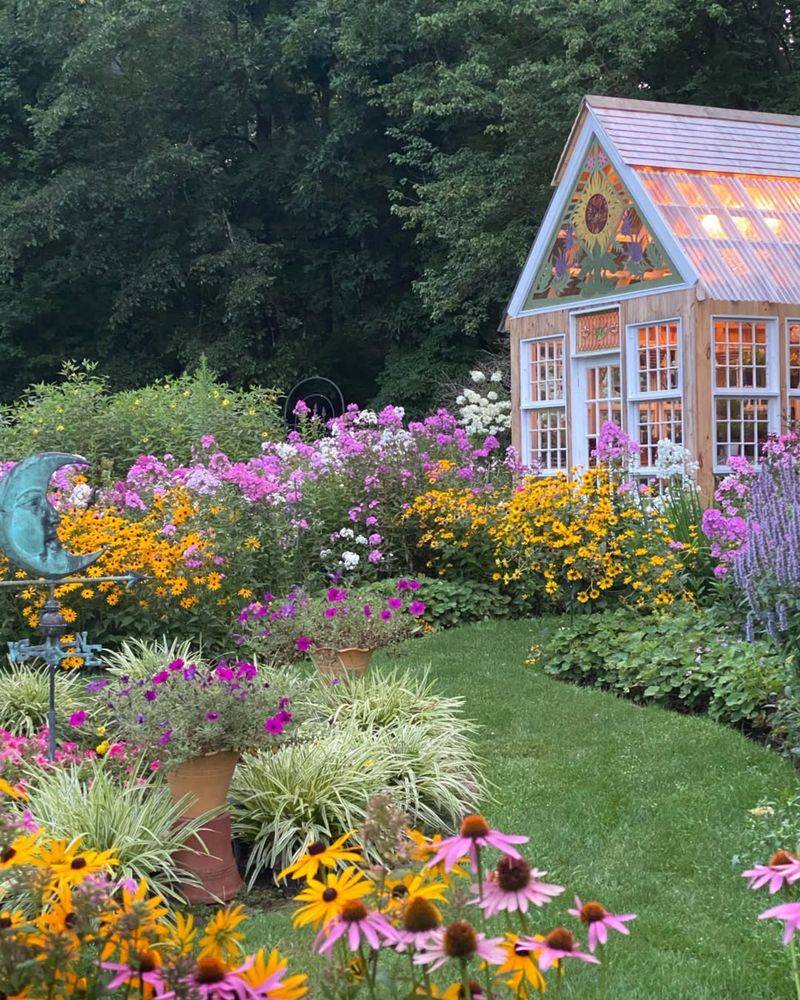April is the perfect time to get wildflowers growing without the hassle. They’re low-maintenance, colorful, and basically do their own thing once you set them up right. No complicated care routines, no endless weeding—just a garden that looks good with minimal effort.
These 20 tips will help you plant, grow, and keep them thriving, plus 7 extra tricks to make sure your yard stays in full bloom all season long.
1. Sunny Dispositions
The sun does wonders for your garden. Wildflowers bask in its glory, thriving when placed in spots that receive plenty of sunlight. Choosing a sunny location for planting is crucial. Not all wildflowers are sun-worshippers, but many are, and they’ll reward you with vibrant blooms.
Don’t underestimate the power of a good sunbath. A well-chosen sunny spot can make the difference between a thriving garden and one that struggles to bloom. Think of it as nature’s way of saying thanks for a little extra warmth.
2. Soil Savvy
Healthy soil is the foundation of a thriving garden. Before planting, test the soil to ensure it has the right pH and nutrient levels. Many wildflowers prefer slightly acidic to neutral soils, but always check specific species needs.
Amending the soil with organic matter like compost can enhance its fertility and drainage, encouraging robust growth. Soil testing kits are your best friend here, providing insights that can guide your amendments and ensure your wildflower garden flourishes.
3. Water Wisely
Hydration is key, but overdoing it can drown your chances of success. Wildflowers generally prefer well-drained soil, so water sparingly and only when necessary. Establishing a watering schedule helps keep them happy.
Understanding your local climate conditions will dictate how often your wildflowers need watering. If April showers are abundant, you might not need to water as frequently. Balance is the name of the game here.
4. Companion Planting
Mix and match for a stunning display. Certain wildflowers thrive when planted together, enhancing each other’s growth and deterring pests. Consider grouping complementary species to maximize your garden’s potential.
By understanding which plants play well together, you create a more resilient and visually appealing garden. This strategic planting can lead to less maintenance and more enjoyment.
5. Mulch Magic
Mulching might just be your secret weapon. Applying a layer of mulch around your wildflowers helps retain moisture, suppress weeds, and regulate soil temperature. Organic mulch breaks down over time, enriching the soil.
Not only does mulch reduce the need for frequent watering, but it also makes your garden beds look tidy and cared for. Think of it as an investment in your garden’s future success.
6. Native Know-How
Going native isn’t just a trend; it’s a smart gardening tactic. Native wildflowers are adapted to the local climate and soil, making them easier to grow and maintain. They require less water and are more resistant to pests.
Incorporating native species into your garden can also support local wildlife, offering food and habitat for pollinators. Why not give your garden a local flavor?
7. Spring Cleaning
A tidy garden is a thriving garden. Before planting new wildflowers, clear away debris and old plant material from your garden beds. This reduces the risk of disease and pests taking hold.
Regular maintenance and cleanup will set your garden up for success, ensuring new plants have space and nutrients to grow. A little elbow grease now will pay off with beautiful blooms later.
8. Seed Soaking
Sometimes a little pre-planting prep makes all the difference. Soaking wildflower seeds before planting can speed up germination and result in more robust growth.
This simple step helps break down seed coats and prepares the seeds for the soil. It’s an easy way to give your wildflowers a head start and boost germination rates.
9. Windbreak Wonders
Wind can be a blessing or a curse. While it helps with pollination, strong winds can damage delicate wildflowers. Consider planting windbreaks like shrubs or tall grasses around your garden.
These natural barriers protect wildflowers from harsh gusts, keeping them upright and healthy. A little shelter goes a long way in ensuring your garden’s success.
10. Pollinator Paradise
Creating a pollinator-friendly garden is a win-win. Wildflowers attract bees, butterflies, and other pollinators, which in turn help your garden flourish.
By planting a diversity of wildflowers, you encourage a variety of pollinators to visit. This leads to more blooms and a healthier ecosystem. Why wouldn’t you want to host this buzzing party?
11. Avoid Overcrowding
Space is a gardener’s best friend. Overcrowding can lead to competition for resources and a lackluster display. When planting, give each wildflower ample room to grow and spread.
Proper spacing reduces the likelihood of disease and pest issues. By planning your layout, you ensure each plant has what it needs to thrive.
12. Hardy Choices
Not all wildflowers are created equal. Choosing hardy species that are well-suited to your climate will lead to a more successful and maintenance-free garden.
Consult regional guides and local nursery experts to find the best options. Hardy wildflowers withstand climate challenges, offering resilience and beauty with less effort.
13. Natural Pest Control
Who needs chemicals when you have nature on your side? Encourage beneficial insects like ladybugs and lacewings to take up residence in your garden.
These natural predators keep pest populations in check, reducing the need for chemical interventions. A garden buzzing with life is a healthy garden, free of troublesome invaders.
14. Fertilize Frugally
Less is often more when it comes to fertilizing. Wildflowers typically require fewer nutrients than cultivated plants. Over-fertilizing can lead to lush foliage but fewer blooms.
Opt for a balanced, slow-release fertilizer and apply sparingly. By feeding your wildflowers just enough, you’ll promote strong growth without overwhelming them.
15. Keep It Low-Key
The beauty of wildflowers is their laid-back nature. Once established, they require minimal intervention, allowing you to focus on enjoying their splendor.
Resist the urge to fuss. Embrace the wild aesthetic and let nature take its course. Your garden will thank you for it.
16. Edging with Elegance
Define your space with style. Edging your wildflower garden can prevent grass and weeds from encroaching while adding a polished look.
Choose materials that complement your garden’s style, like stones or recycled materials. The result is a well-defined garden that looks as good as it grows.
17. Sowing Success
Timing is everything. Sow wildflower seeds directly into the soil during April for best results. The warming soil temperatures encourage germination.
A gentle rake to cover the seeds lightly is all that’s needed. This approach mimics natural processes, leading to a lush, low-maintenance garden.
18. Thinning Without Guilt
Sometimes less is more. Thinning young wildflower seedlings may seem harsh, but it ensures stronger, healthier plants in the long run.
Give each plant room to grow by removing excess seedlings. This reduces competition and allows each wildflower to shine.
19. Support System
Tall wildflowers may need a little help. Installing supports keeps them upright and prevents damage from wind or rain.
Stakes or cages can be both functional and decorative, allowing your garden to remain orderly and beautiful. A little structure goes a long way.
20. Welcoming Wildlife
A thriving wildflower garden invites more than just plants. Consider adding features like bird baths or insect hotels to encourage wildlife visits.
These additions create a welcoming environment for beneficial creatures. It’s like throwing a party for nature in your own backyard!
21. Pathway Perfection
Invite exploration with pathways. Creating paths through your wildflower garden not only enhances its beauty but also makes maintenance easier.
Choose natural materials that blend with your garden’s aesthetic. A well-placed path invites you and your guests to wander and admire the blooms.
22. Seasonal Surprises
Expect the unexpected. Planting a mix of wildflowers that bloom at different times ensures a continuous display of color.
This approach keeps your garden lively and ever-changing, offering new delights with each visit. A garden full of surprises is never dull.
23. Patience Pays Off
Gardening teaches patience. Wildflowers take time to establish, but the wait is worth the reward of a beautiful, carefree garden.
Resist the urge to rush the process. Like any good story, a garden unfolds at its own pace, and the end is always satisfying.
24. Cut and Come Again
Don’t hesitate to enjoy your blooms indoors. Cutting encourages more growth and prolongs the blooming period.
Use a sharp pair of scissors and cut just above a leaf node. This simple act can keep your garden producing flowers throughout the season.
25. Mind the Gaps
No garden is perfect, and gaps are bound to appear. Fill these spaces by planting additional seeds or transplants.
This proactive approach ensures your garden remains full and vibrant. A little attention to detail goes a long way.
26. Annual vs. Perennial
Know your options. Mixing annuals and perennials offers a dynamic garden that evolves over time. Annuals provide quick color, while perennials offer lasting structure.
Balancing both types leads to a garden that’s always evolving and never boring.
27. Reflect and Revise
Gardening is a journey of learning. Keep a record of what works and what doesn’t for future reference.
Reflecting on successes and failures allows you to adapt and improve your garden year after year. It’s all part of the adventure.

